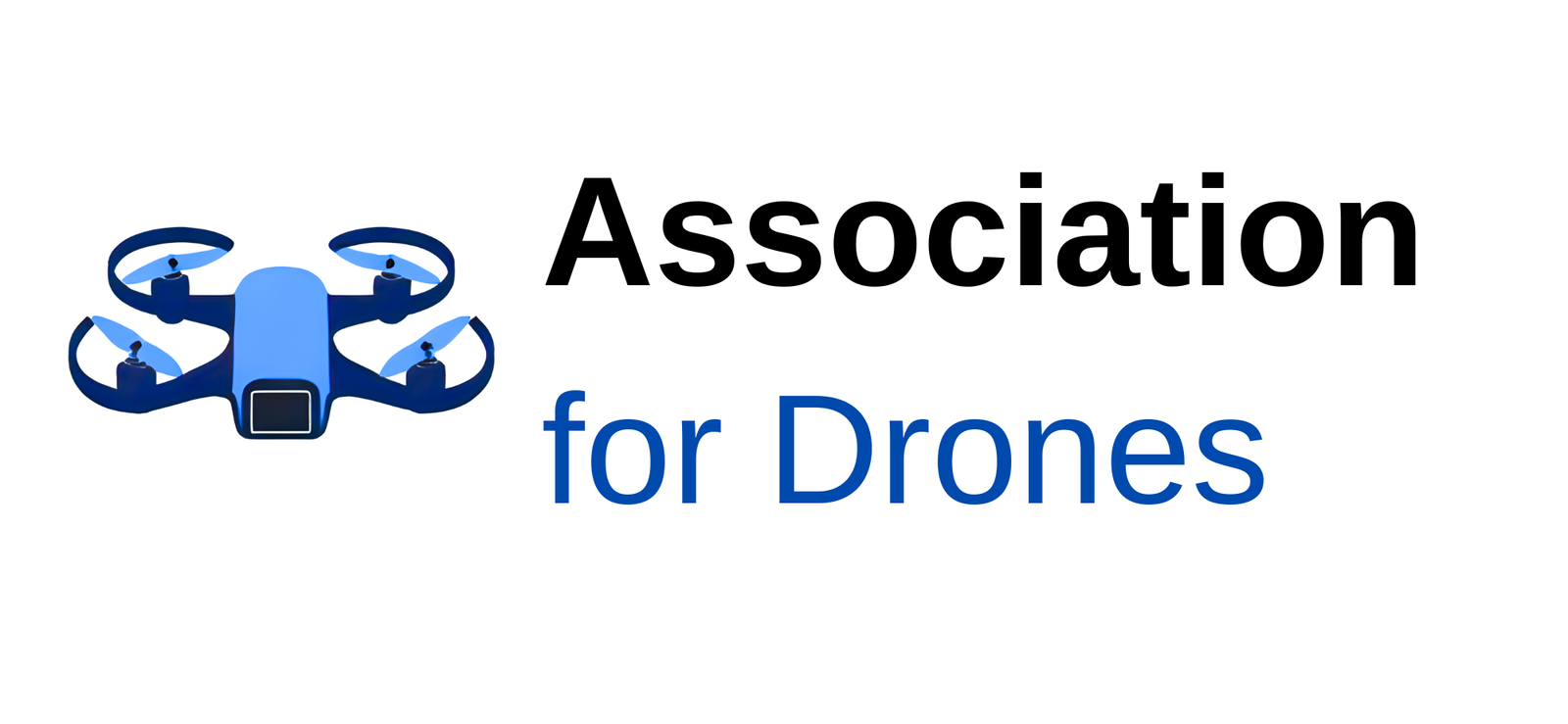One of the most challenging parts of running a drone business isn’t flying the drone—it’s pricing your services correctly. Charge too little, and you’ll struggle to grow or even cover costs. Charge too much, and you risk losing clients to competitors.
The key is finding a pricing strategy that balances value, market demand, and profitability. Below, we’ll break down the most effective pricing models for drone service providers, along with tips from successful operators.
1. Understand Your Costs First
Before you set prices, know your true costs:
- Equipment costs: Drone, batteries, sensors, cameras, software, maintenance.
- Insurance & licenses: Liability insurance, FAA Part 107 exam, local permits.
- Travel & operations: Fuel, mileage, time on-site.
- Post-processing: Editing software, cloud storage, time spent creating deliverables.
- Marketing & admin: Website hosting, advertising, bookkeeping.
👉 Tip: If you don’t account for overhead, you may end up charging less than it costs you to operate.
2. Hourly Rates
The simplest model: charge by the hour for flight and processing time.
- Pros: Easy to calculate, clients understand it.
- Cons: Ties income to time, not value; may limit profitability.
Example: $150–$300/hour depending on region, experience, and drone type.
👉 Best for: Small projects, local photography, real estate shoots.
3. Per Project Pricing
A fixed price for a specific deliverable (e.g., a real estate photo package or a construction site survey).
- Pros: Predictable for clients; easier to sell bundled services.
- Cons: Requires accurate scoping; risks underestimating effort.
Example packages:
- Real estate: $250–$500 per listing (photos + video).
- Roof inspection: $200–$400 per property.
- Construction mapping: $500–$2,000 per project depending on site size.
👉 Best for: Repeatable jobs with clear deliverables.
4. Subscription or Retainer Models
Ongoing contracts for recurring services—common in industries needing regular monitoring.
- Pros: Predictable income; builds long-term client relationships.
- Cons: Requires strong trust and commitment from clients.
Example:
- Construction company pays $2,000/month for weekly progress reports.
- Utility pays per mile inspected monthly.
👉 Best for: Construction, agriculture, infrastructure inspection.
5. Per Acre / Per Mile Pricing
Used in agriculture and infrastructure, where scale matters.
- Agriculture: $3–$10 per acre for crop health mapping, spraying, or multispectral analysis.
- Infrastructure: $50–$150 per mile for pipeline, railway, or power line inspections.
👉 Best for: Large-scale, geographically spread operations.
6. Value-Based Pricing
Charge based on the value delivered, not just the time spent.
- Example: If your inspection saves a company $50,000 by catching a fault early, a $5,000 drone survey is a bargain.
- Pros: Higher margins, positions you as a consultant.
- Cons: Harder to sell without strong case studies.
👉 Best for: High-stakes industries like oil & gas, energy, utilities, and insurance.
7. Tiered Packages
Offer different service levels at different price points to capture a wider audience.
Example (Real Estate):
- Basic ($250): 10 aerial photos.
- Standard ($400): Photos + 1–2 min edited video.
- Premium ($700): Photos + full video + interior 3D walkthrough + aerial 360° panorama.
👉 Best for: Real estate, events, marketing clients.
8. Add-On Services
Boost revenue with upsells that complement your core offering.
- Video editing & branded reels.
- 3D mapping and digital twins.
- Data analysis & reporting dashboards.
- Rush delivery fees.
👉 Tip: Add-ons not only increase revenue but also differentiate you from low-cost competitors.
9. Regional Pricing Considerations
Prices vary significantly by region:
- Urban areas: Higher competition, but clients expect to pay more.
- Rural areas: Less competition, but budgets may be smaller.
- International differences: U.S. and EU often command higher rates than emerging markets.
👉 Always research local competitors before finalizing your pricing.
10. Strategies to Maximize Profitability
- Bundle services to increase perceived value.
- Highlight ROI—show how your services save time, money, or reduce risk.
- Offer free consultations to get leads in the door.
- Focus on niches with repeat demand instead of one-off gigs.
- Review and adjust pricing annually as your skills, equipment, and demand grow.
Conclusion
Pricing drone services effectively isn’t about being the cheapest—it’s about aligning your prices with the value you deliver. The most successful providers mix models (e.g., project pricing + retainers) and continually refine their strategy as they grow.
By knowing your costs, understanding your niche, and communicating the ROI to clients, you’ll not only stay competitive—you’ll build a profitable, sustainable drone business.
